7 seconds...
According the TEDTalk study by the Science of people, you have 7 seconds to capture and keep your audience's attention.
7 seconds.
That's saying "Mississippi" 7 times.
In other words, not a lot of time.
Tick tock.
Until recently, my idea of a pitch was blurting out 10 minutes of information in 3 minutes.
Or cramming 40 slides on information onto 20 slides.
And then adding in even more "critical" information because I was worried that I was leaving something out.
Of course I pitched badly.
No one taught me how to pitch so I did my best to imitate pitches I liked.
I hoped to be clever and enthusiastic.
Instead I was wordy and rushed.
Then I reapplied some simple copywriting techniques, and went from complicated to clear and became a lot more successful opening opportunities and closing deals.
Today I’ve coached people who have successfully pitched to Fortune 500 companies in a matter of minutes with less than 10 slides or in simple emails.
Here’s how you can get more "tell me more" moments
Slide 1: Summarize your pitch in 20 words or less.
Think of this as your pitch within a pitch
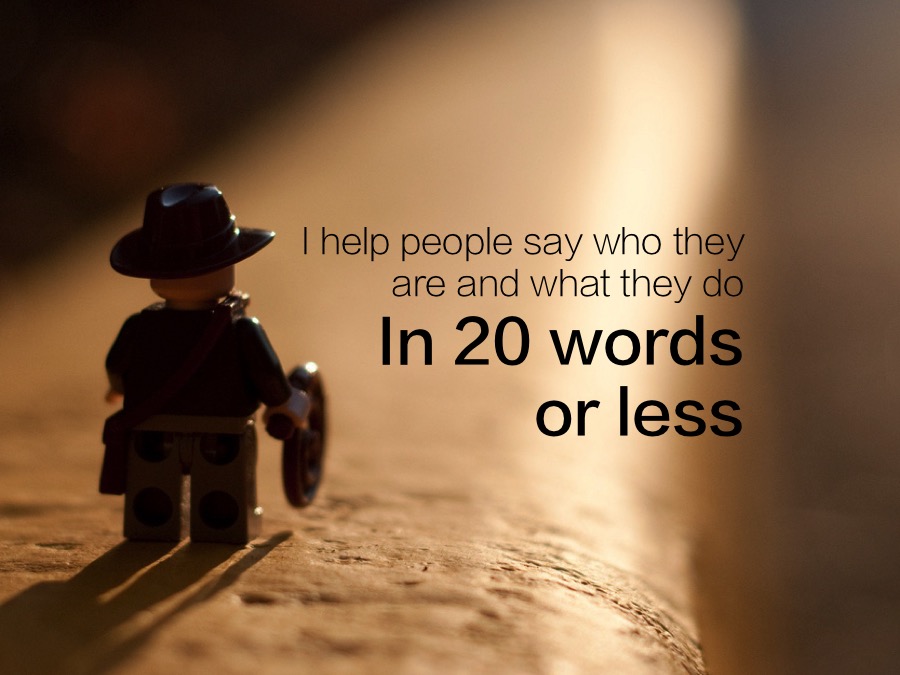
Slide 2: Describe a problem your audience cares about
Remember - focus on solving your audience's problem, not talking about yourself.
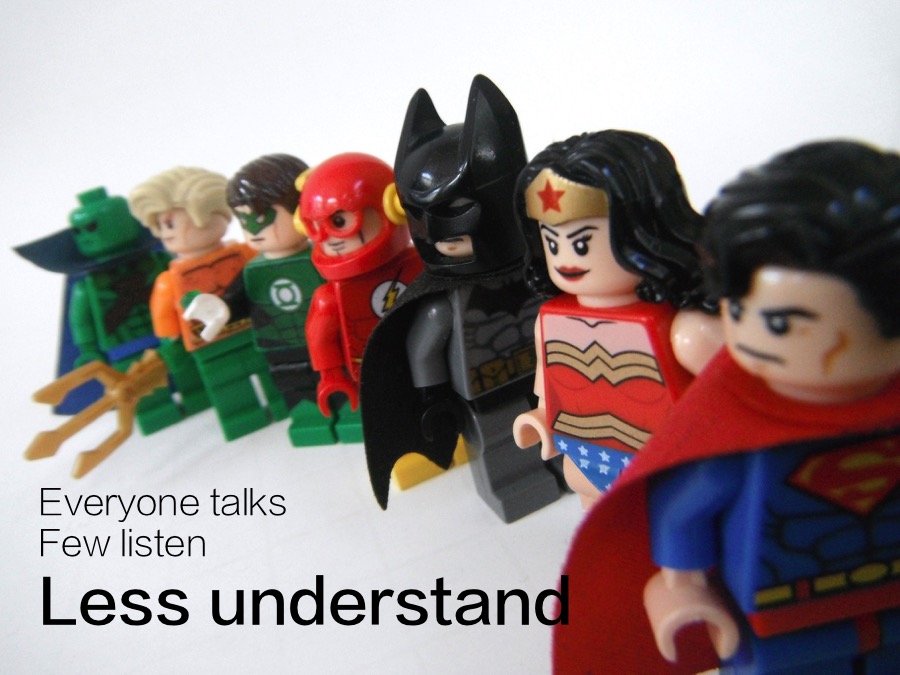
Slide 3: Define the problem more in a way that hooks your audience
Demonstrate empathy for your audience's problem.
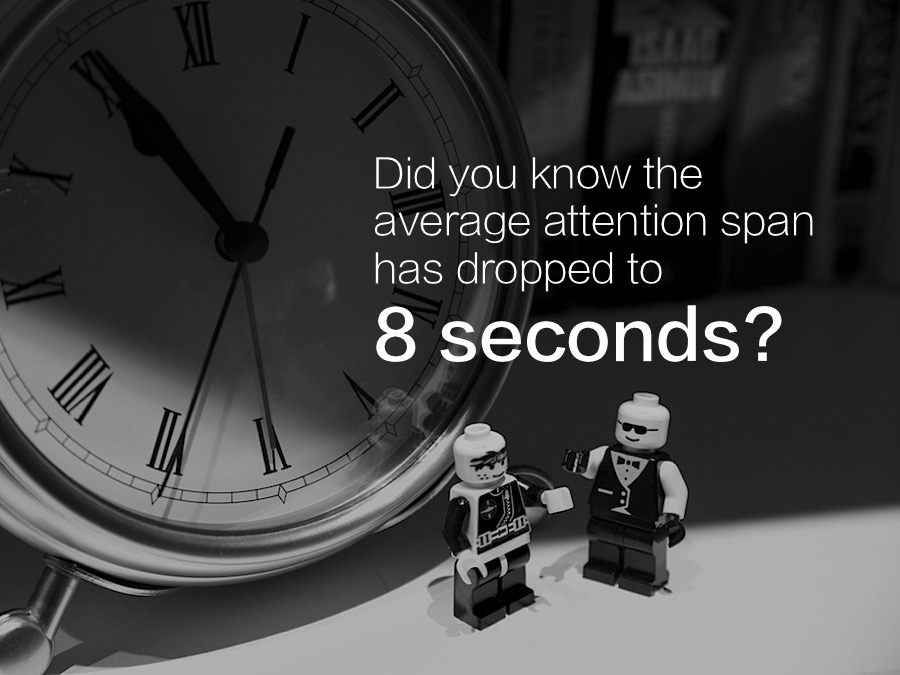
Slide 4: Keep raising concerns about the problem
Show your audience you really understand their pain point.

Slide 5: Provoke your audience to action

Slide 6: Tell a story and give them a reason to believe
Tell a story or give an example of how you solved a similar situation. Use the slide as an intro and then tell the story naturally.

Slide 7: Describe your solution and 1-3 features
Tell your audience how you will solve their problem and give them a few high level steps.
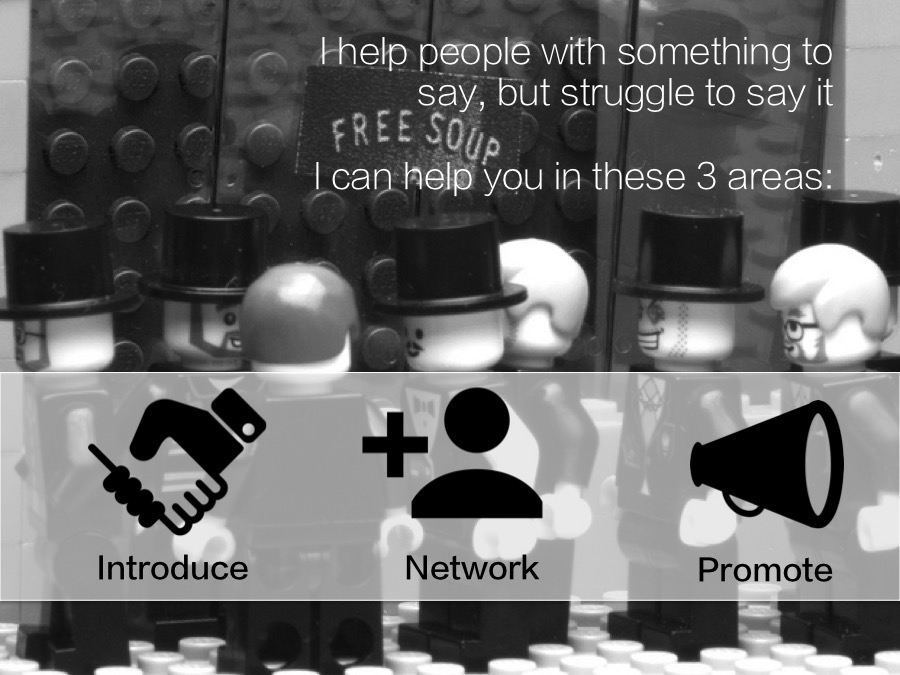
Slide 8: Make your brand promise
Tell them what they can expect from you.
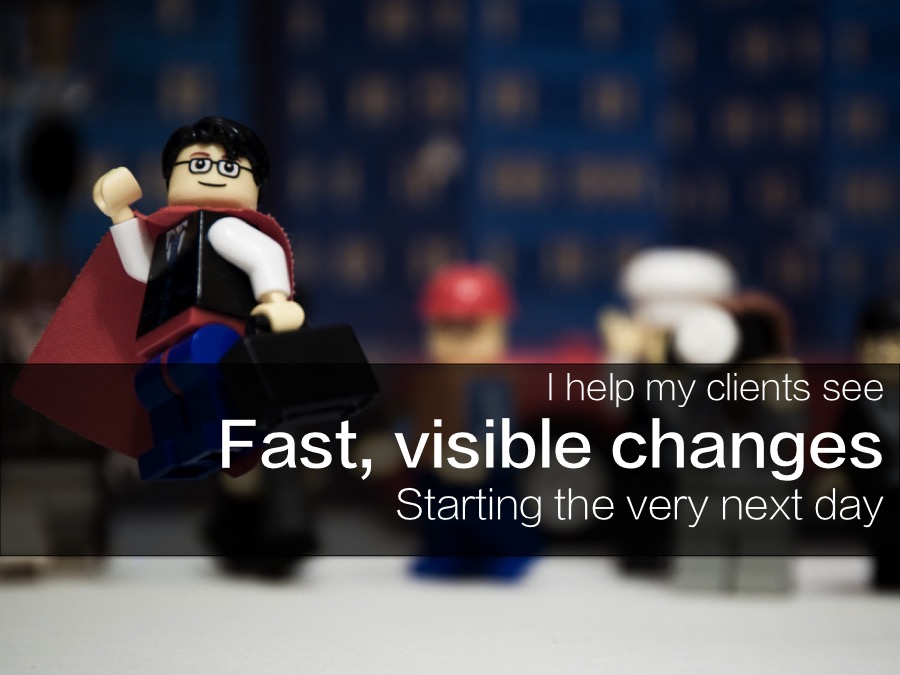
Slide 9: Summarize how you can help.
Summarize your solution and the benefit you'll provide.
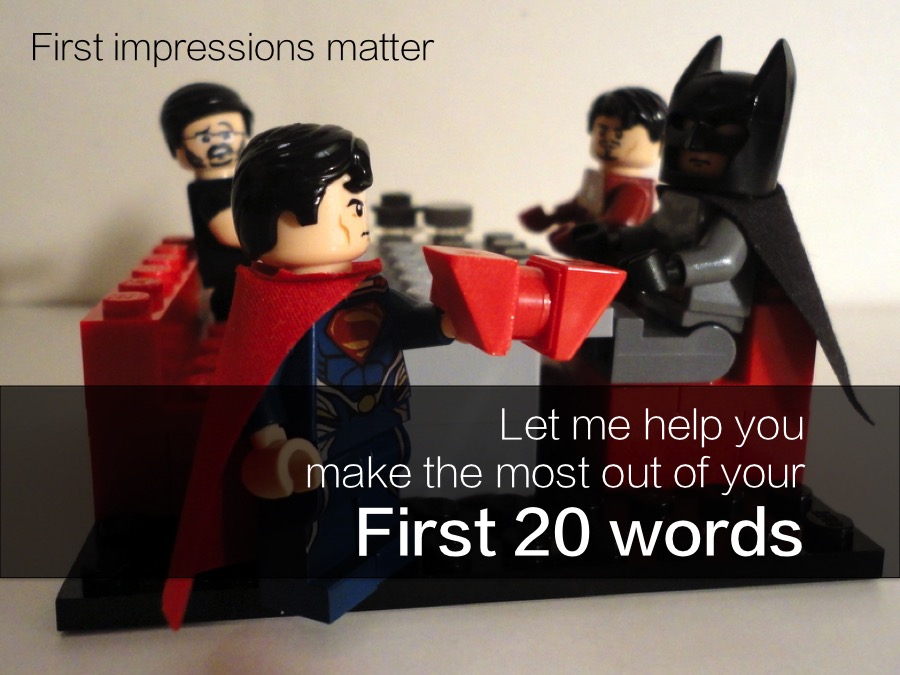
Slide 10: End with a call to action
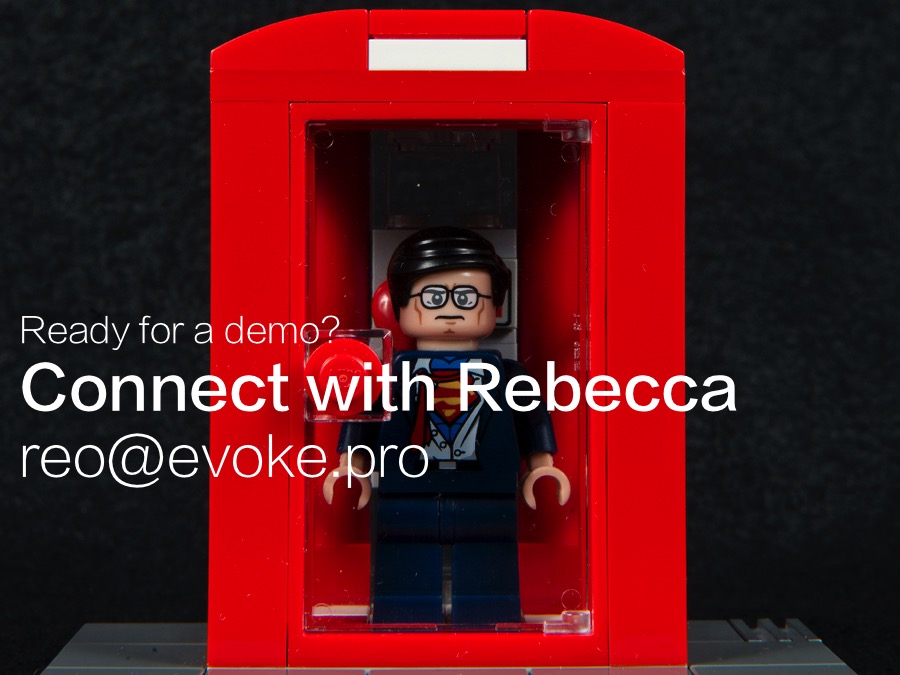
You've made your pitch and had an engaging conversation. Now confidently close with your call to action.
Here are few more guidelines on HOW to present:
-
A great pitch is a "tell me more" moment
Make your objective to be engaging. Think of a pitch as a conversation, not a one way information dump.
Most presenters want to tell their audience EVERYTHING.
Don't tell. Engage.
Make your point in a way that your audience can ask questions, or voice their opinion.
-
Focus
Each slide should focus on one point that gets people to ask for more information. The discipline of one concept per slide will force you to tighten your value proposition, and your unique positioning.
-
Replace words with imagery and concepts.
Imagery and analogies are shortcuts to building understanding.
Words hit the language center of the brain. Imagery and concepts hit the visual and emotional center of the brain and are far more memorable.
-
Start by empathizing with your audience's pain point
A pitch is not about you.
It's about your audience.
Don't start by talking about yourself or your product. Let your audience know you understand what's important to them.
-
Be provocative - hit the pain point
Make your audience worry about how difficult or unsolvable their problems are - Then tell them how you will solve their problem.
-
Visualize the pitch as a funnel
Be general and conceptual at first, then become more granular and specific. Let your audience become familiar with the topic, and then as they gain clarity, you can be more informative and descriptive.
-
Pause to be pulled.
Don't be in a hurry. Listen to your audience, and then wait to be invited to be more specific. Give your audience a chance to respond, react and talk when you're presenting.
-
If you're developing an investor deck, add the following 5 slides:
- Early Results
- Business Opportunity
- Unfair Advantages
- 18-24 month plan
- Your Team
-
Otherwise, save the details for another time
I put my detailed slide in an appendix in case I get asked. But my goal is to be asked back to share more details.
Use your pitch to get your foot in the door.
Then get invited back.
And by the way... if you hit the right sweet spot with your audience, they won't care how many slides you have.
They'll just want to know more.
Looking for more ways to get more "tell me more moments"? Take a look at this popular posts on Evoke.
 How to say who you are and what you do in 20 words or less
How to say who you are and what you do in 20 words or less
 How to make complicated ideas easy for anyone to understand
How to make complicated ideas easy for anyone to understand
 5 Introductions that Get People to Say “Tell Me More”
5 Introductions that Get People to Say “Tell Me More”
Check out the The Career Toolbox page for more practical tips and tools.
Follow Evoke.pro on LinkedIn or sign up for Evoke's newsletter
I'm Rebecca Okamoto and I'm on a mission to unlock career potential.
Yours.
Wondering if this works for technology start ups? It does.
Want to learn more? Contact me at reo@evoke.pro. Ask about my popular workshop, "How to create a visual pitch in 10 slides" or working with me directly.
Photo credits:
Baseball on fire - Shutterstock
Kenny Louie: The Trip Home on Flickr
1UpLego Justice League on Flickr
Sharat Ganapati The Clock Men on Flickr
Adam Wyles 324/365 Goldfish -The Shoal Strikes Back on flickr
Gerry Dulay New iPhone Size Unveiled by Stark 3/3 on flickr
Michael Li Booby Trap on flickr
Eric Constantineau 44/52 : Le crash boursier de 1929 - 1929's stock exchange crash on flickr
s3aphotography Even Superman can have a bad day...on flickr
ChocolateFrogs Metropolis Showdown: Super Cafe on flickr
brigh87 Transformation in phone booth on flickr

